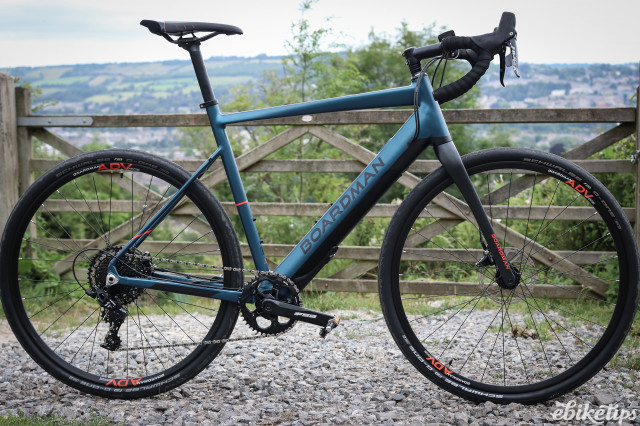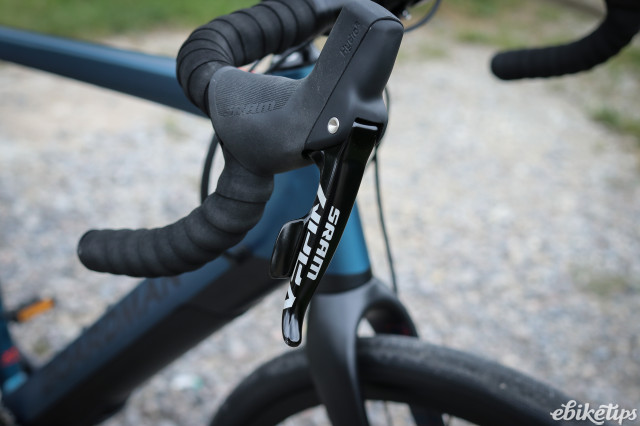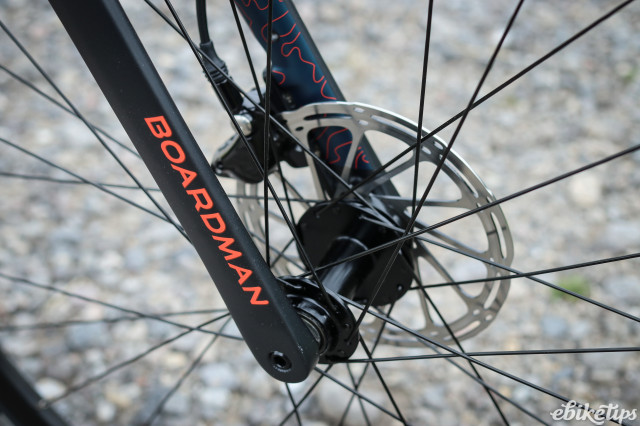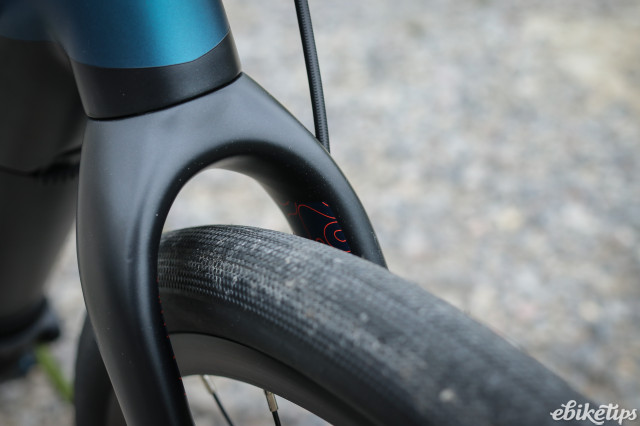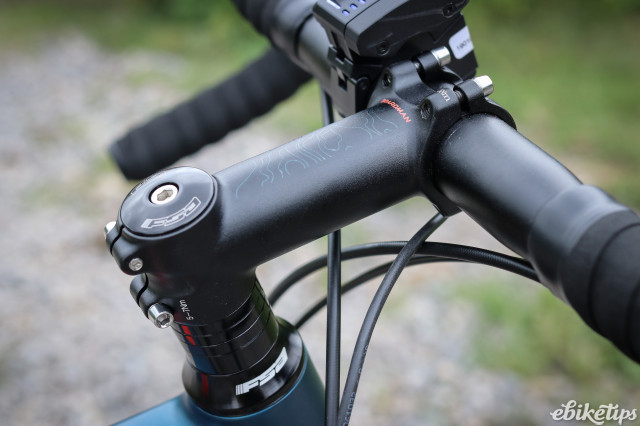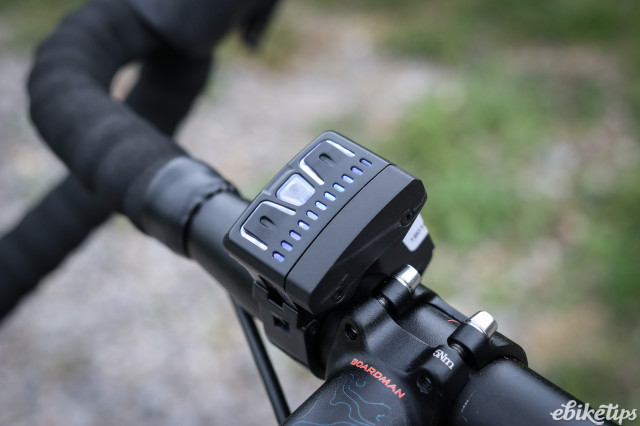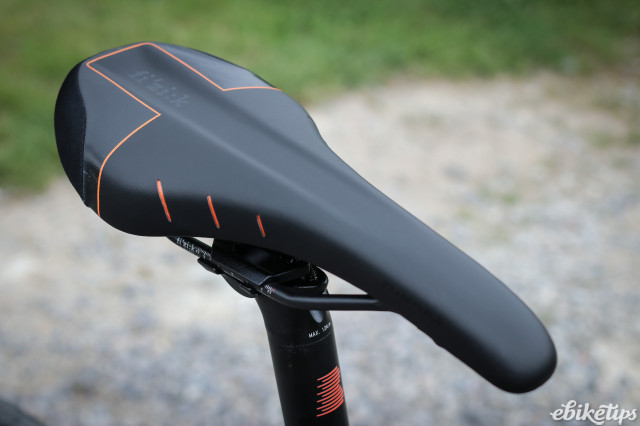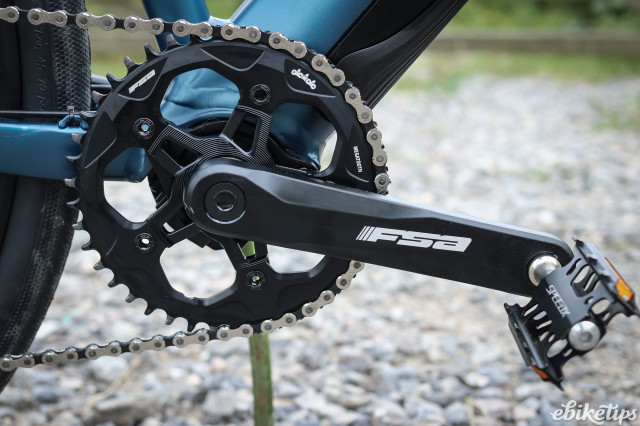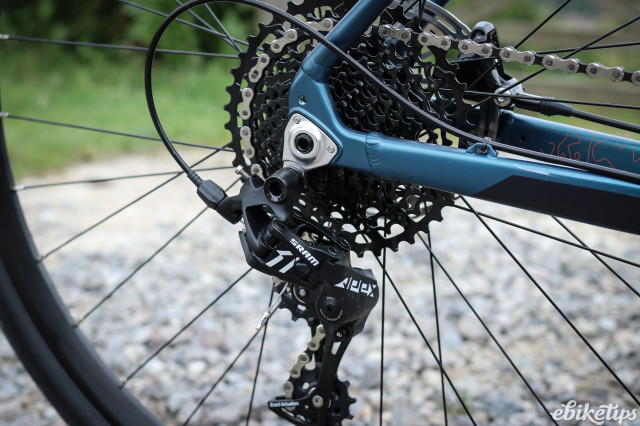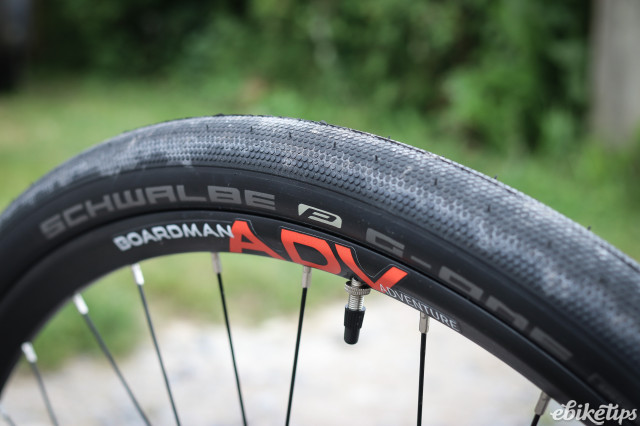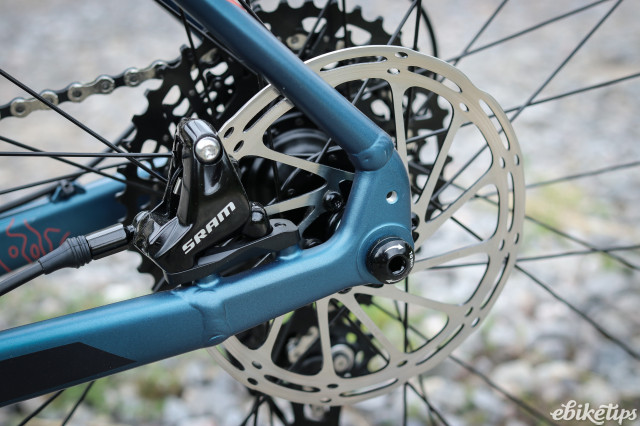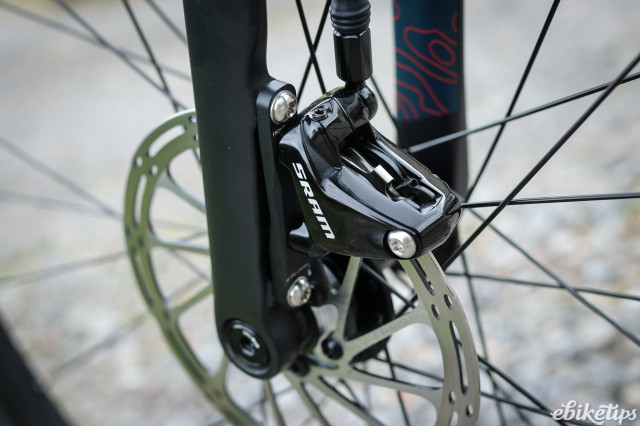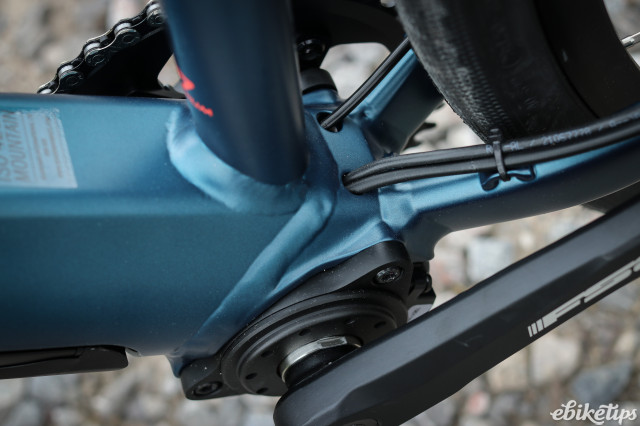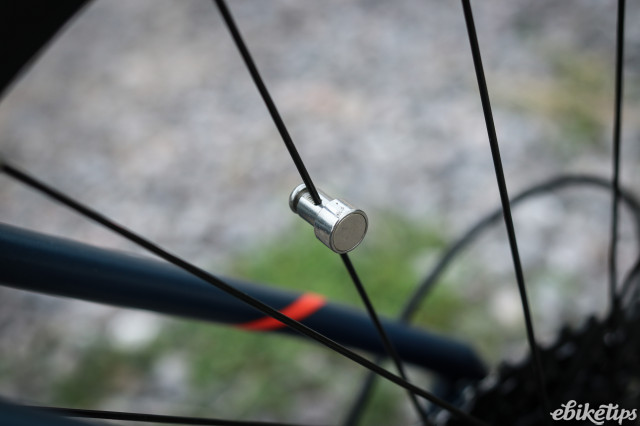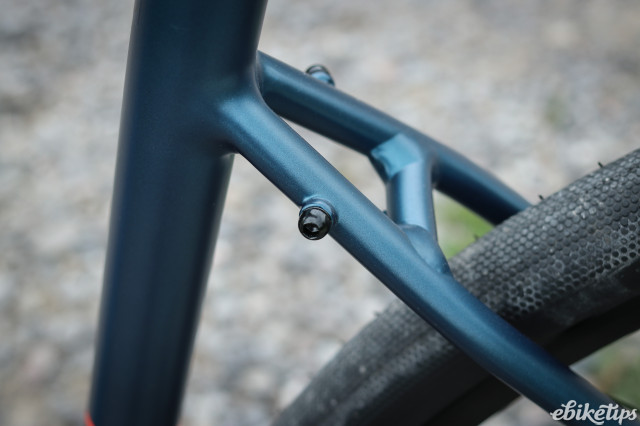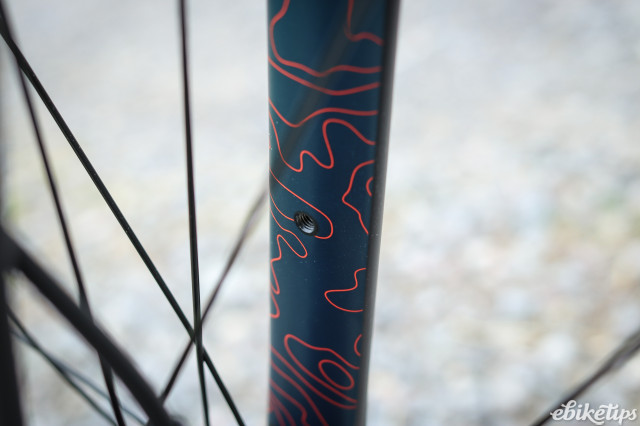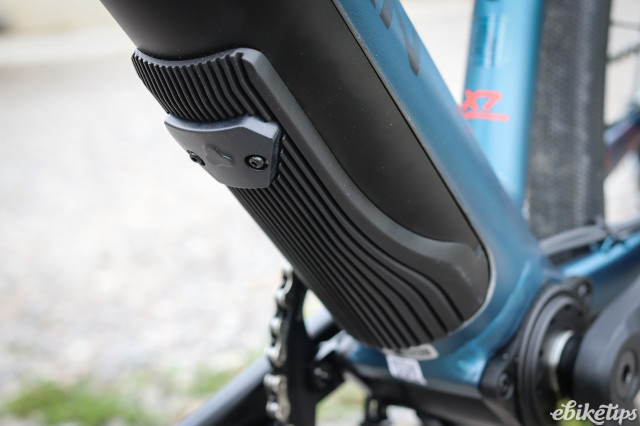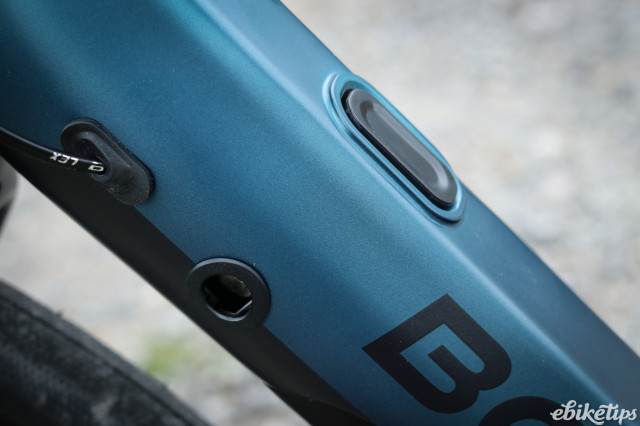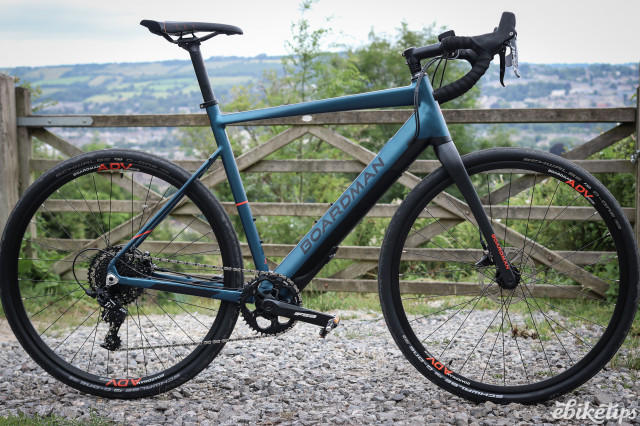Boardman ADV8.9E
Overview
- Good quality Fazua motor
- Sensible 1x11 spec
- Well-balanced ride
- You need the key to turn the bike on
- On the heavy side for a Fazua bike
Boardman’s new range of Fazua-powered e-bikes offer really good value for money, and my experience aboard the ADV8.9E has been very positive. You’re getting a lot of the performance of more expensive e-road bikes at a much lower price point. The Fazua system is good for mixed riding, and offers useful assistance and good range. It’s built into a bike that’s solid and enjoyable to ride.
Buy the Boardman ADV9E here
“We've designed the ADV 8.9e to offer maximum versatility for UK riding adventures”, says Boardman. “Blending the speed of a road bike with a more relaxed position and off-road focussed geometry means this bike can turn its hand to almost anything”. That’s pretty consistent with my riding experience over the last week riding this bike on a range of surfaces.
The bike’s geometry is easy to get on with. The head tube is slackened and the chainstays lengthened compared to Boardman’s more road-focused bikes, and the bottom bracket is dropped slightly. Those tweaks combine to give the bike a slightly more stable ride on more mixed surfaces. When you’re on the tarmac, though, the bike doesn’t feel compromised: the position is aggressive enough to make a reasonably aerodynamic position a possibility if you’re riding above the assistance limit, or trying to stay with a group. The overall geometry is very similar to the Pinarello Nytro, and a bit more relaxed than the Ribble SLe. That fits with the sort of riding the bike is aimed at.
With its 38mm Schwalbe G-One Speed tyres, the ADV8.9E is easily capable of taking on some rougher surfaces right out of the box. I’ve thrown it at some of the less technical off-road routes around here – farm tracks and fire roads, predominantly – and it’s coped absolutely fine. The frame is quite stiff but there’s enough give in the tyres to smooth out some fairly uneven surfaces, and more room in the frame for bigger rubber if you want to go a bit further from the beaten track. A swap to some better-padded bar tape is one of the first upgrades you’ll want to consider if you’re spending much time off-road, because the stock tape is pretty ordinary.
If you find yourself looking at a steep climb, either on the tarmac or off it, then you can rely on the Boardman’s sensible gearing and useful motor. The Fazua Evation system is, along with ebikemotion’s X35 hub motor, one of two systems that make up the majority of the e-road market right now. It’s a mid-motor with a 250Wh battery, a stated torque of 60Nm and peak power of 400W. In reality it doesn’t feel as powerful as other motors with similar numbers – the Bosch Performance Line motor is the closest – but in Rocket mode (the highest of the three available) there’s plenty of power to tackle even loose off-road climbs. The G-One tyres don’t look aggressive but they’re surprisingly capable off-road, especially if it’s dry.
The ADV8.9E runs a SRAM Apex 1x11 drivetrain. It’s SRAM’s lowest-spec 11-speed road kit, but it works brilliantly. It’s not as light as the more expensive groupsets, and the shift isn’t quite as refined, but functionally it’s fine and is solidly built to take a bit of mixed-surface abuse. The 42T single chainring is paired with an 11-42T cassette; that means you don’t quite get the high gears you’d find on a road bike but you do get a 1:1 bottom gear for winching your way up the steep stuff. If you’re planning to spend more time off-road than on then you’d probably benefit from switching out the chainring for something a little bit smaller.
If you’re on tarmac then the Boardman is easy to wind up to well above the 25km/h assistance limit on the flat. It’s not the lightest e-road bike out there at 16kg (the lightest Ribble SLe is under 12kg), so it’s not quite as much fun when you’re trying to keep your pace up on rolling terrain, but it’s still easy enough to roll round without troubling the battery too much. The motor decouples from the pedals quite effectively when you’re not using it, and the assistance fades in a pretty natural manner as you approach 25km/h.
If you’re convinced you’re not going to need the motor for a ride with few steep bits then you can drop the motor/battery unit out and just leave the bottom bracket gearbox in place, which will save you about 3.5kg. I didn’t do that, though, and I’m not convinced that many people do. It doesn’t make enough difference to the handling of the bike, and you never know when the motor will come in handy. The extra weight in the middle of the frame, low down, makes the Boardman a confident descender. With masses of grip from the tyres, and assured braking from the hydraulic discs, you can really pin the descents.
The longest ride I completed on the ADV8.9e was a 50km loop with about 800m of climbing, mostly on road but with a few rough sections added in for good measure. That used six bars out of ten on the bike’s battery, which is a bit more than similar rides on lighter Fazua-powered bikes, but not hugely different. A reasonably hilly 100km is still within range if you’re careful, which is about what Boardman suggests it’ll manage in Breeze mode (the lowest assistance). The battery state is visible on Fazua’s bar-mounted remote, as is the assistance mode. The remote isn’t the best thing about the Fazua system but it works okay. You can connect the bike to Fazua’s smartphone app to get more detailed bike information, as well as routing and social functionality.
One thing to note with the Boardman is that the Fazua motor/battery unit locks in place. If the bike goes to sleep you need to turn it on from the battery, and you need to release the battery to do that; so if you don’t have the key with you and the bike goes into sleep mode, then you’re a bit stuck. Not that I’d be that daft of course, but even so the Fazua system stays on for a long time, meaning it’s not going to die on you at a café stop or anything.
For £2,700, you’re getting a lot of bike here. Okay it’s not cheap, but if you want an e-road bike with one of the two most commonly-specced motor systems then it’s a lot nearer the bottom than the top price-wise. I’d probably consider the middle of the market to be around the £4,000 mark, with some bikes well above that. Ribble’s SLe range starts at £2,499 for a 10-speed Shimano Tiagra model, and you’re getting a lighter bike with a carbon frame there, but it’s a more road-oriented machine.
If you’re looking for a multi-purpose bike for a bit of everything, but you want something a bit lighter than a full-fat mid-motor bike, then the ADV8.9E makes a lot of sense. It’s very versatile with full rack and mudguard mounts and it can take a big tyre, but it’s still nimble enough to ride as a road bike with your roadie mates - it really has a lot going for it.
1 comments
I’d be interested to see a comparison with the aluminium Ribble CGR e bike, which is also a light weight motor, all purpose, “cheap” aluminium bike. Perhaps the closest competitor the the Boardman (along with the Orbea Gain). It’s not going to influence me as I’ve already ordered a Ribble, but would be interesting to see a review of the Ribble nonetheless.
